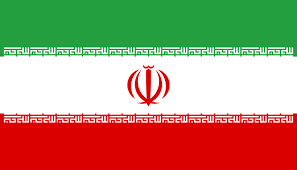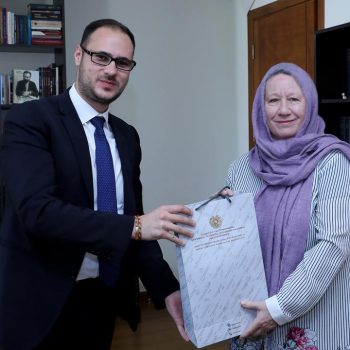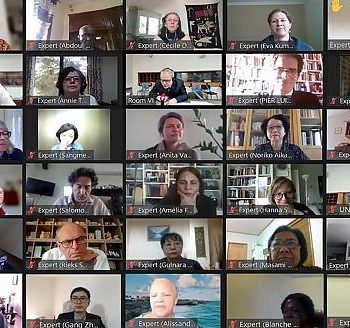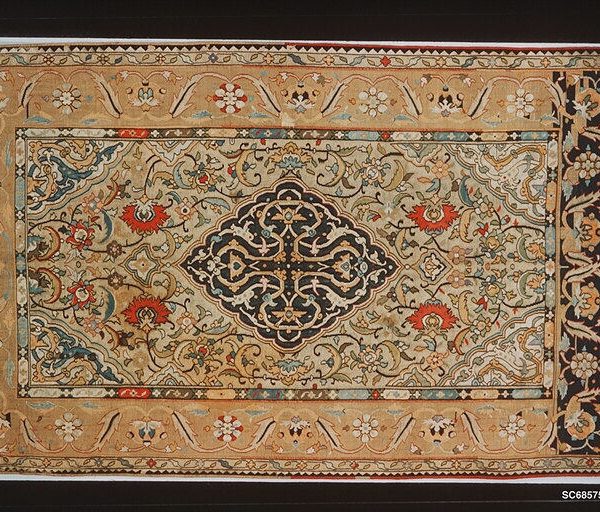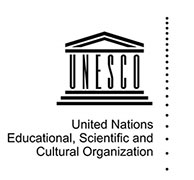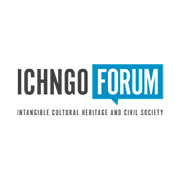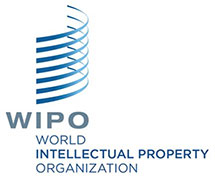Intangible cultural heritage comprises the practices, representations, expressions, knowledge, skills that individuals and communities recognize as part of their heritage. It also includes the instruments, objects, artefacts and cultural spaces that are specifically associated with it. It is a living heritage, transmitted from generation to generation and is constantly recreated by communities and groups in response to their environment. It represents an important social, cultural, economic, and even environmental resource for people around the world and provides them with a sense of identity and continuity.
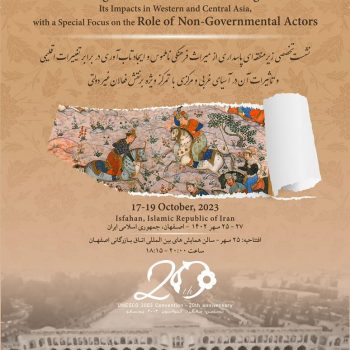
Regional Expert Meeting on Climate Change and Resilience (Isfahan October 2023)
Sub-regional Expert Meeting on Safeguarding Intangible Cultural Heritage (ICH) and Building Resilience to Climate Change and Its Impacts in Western and Central Asia with a special focus on the role of non-governmental actors (Isfahan, 18-19 October 2023) On 18-19 October 2023, on the 20th anniversary of UNESCO’s 2003 Convention on Safeguarding Intangible Cultural Heritage, the…
